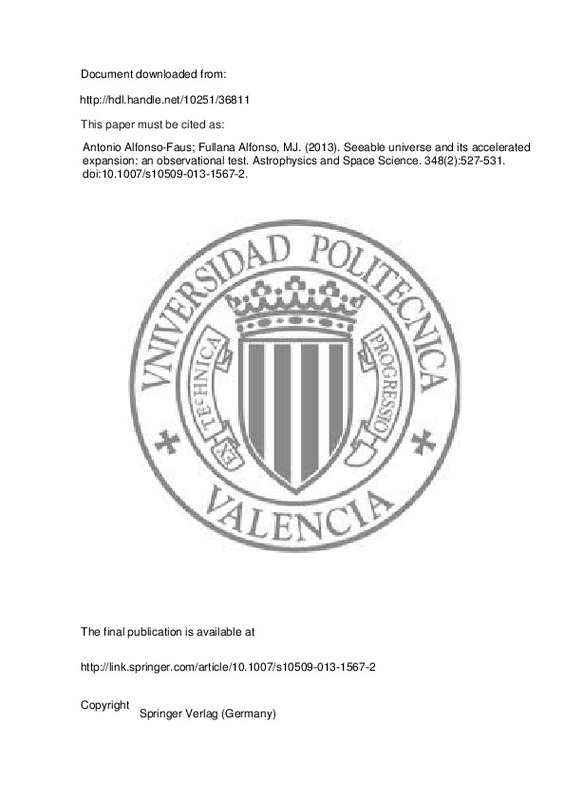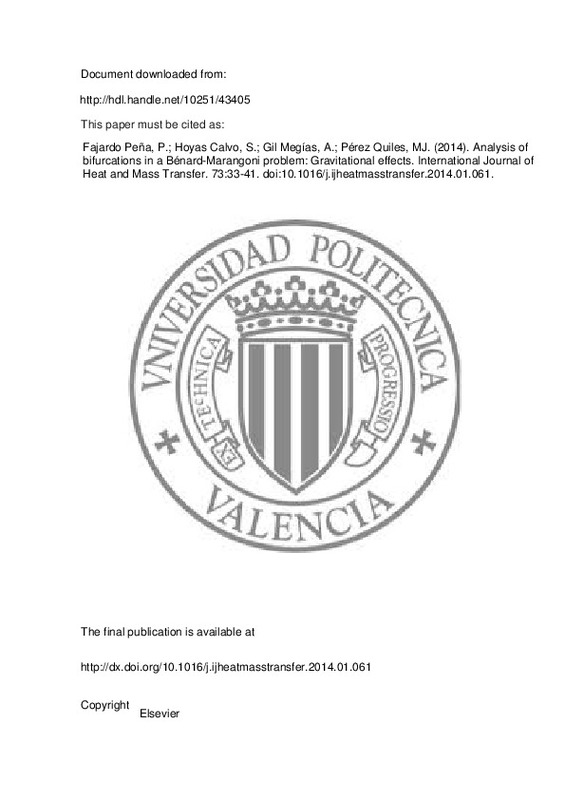JavaScript is disabled for your browser. Some features of this site may not work without it.
Buscar en RiuNet
Listar
Mi cuenta
Estadísticas
Ayuda RiuNet
Admin. UPV
Electromagnetic waves in a uniform gravitational field and Planck's postulate
Mostrar el registro sencillo del ítem
Ficheros en el ítem
| dc.contributor.author | Acedo Rodríguez, Luis
|
es_ES |
| dc.contributor.author | Tung, Michael Ming-Sha
|
es_ES |
| dc.date.accessioned | 2015-06-04T09:56:00Z | |
| dc.date.available | 2015-06-04T09:56:00Z | |
| dc.date.issued | 2012-09 | |
| dc.identifier.issn | 0143-0807 | |
| dc.identifier.uri | http://hdl.handle.net/10251/51239 | |
| dc.description.abstract | The gravitational redshift forms the central part of the majority of the classical tests for the general theory of relativity. It could be successfully checked even in laboratory experiments on the earths surface. The standard derivation of this effect is based on the distortion of the local structure of spacetime induced by large masses. The resulting gravitational time dilation near these masses gives rise to a frequency change of any periodic process, including electromagnetic oscillations as the wave propagates across the gravitational field. This phenomenon can be tackled with classical electrodynamics assuming a curved spacetime background and Maxwells equations in a generally covariant form. In this paper, we show that in a classical field theoretical context the gravitational redshift can be interpreted as the propagation of electromagnetic waves in a medium with corresponding conductivity ¿ = g/(¿ 0c 3), where g is the gravitational acceleration and ¿ 0 is the vacuum magnetic permeability. Moreover, the energy density of the wave remains proportional to its frequency in agreement with Plancks postulate. © 2012 IOP Publishing Ltd. | es_ES |
| dc.language | Inglés | es_ES |
| dc.publisher | European Physical Society | es_ES |
| dc.relation.ispartof | European Journal of Physics | es_ES |
| dc.rights | Reserva de todos los derechos | es_ES |
| dc.subject | Classical electrodynamics | es_ES |
| dc.subject | Classical fields | es_ES |
| dc.subject | Classical tests | es_ES |
| dc.subject | Covariant | es_ES |
| dc.subject | Curved spacetime | es_ES |
| dc.subject | Electromagnetic oscillations | es_ES |
| dc.subject | Energy density | es_ES |
| dc.subject | Frequency changes | es_ES |
| dc.subject | General theory of relativity | es_ES |
| dc.subject | Gravitational accelerations | es_ES |
| dc.subject | Gravitational fields | es_ES |
| dc.subject | Gravitational redshift | es_ES |
| dc.subject | Laboratory experiments | es_ES |
| dc.subject | Local structure | es_ES |
| dc.subject | Periodic process | es_ES |
| dc.subject | Propagation of electromagnetic waves | es_ES |
| dc.subject | Spacetime | es_ES |
| dc.subject | Electromagnetic wave propagation | es_ES |
| dc.subject | Magnetic permeability | es_ES |
| dc.subject | Gravitational effects | es_ES |
| dc.subject.classification | MATEMATICA APLICADA | es_ES |
| dc.title | Electromagnetic waves in a uniform gravitational field and Planck's postulate | es_ES |
| dc.type | Artículo | es_ES |
| dc.identifier.doi | 10.1088/0143-0807/33/5/1073 | |
| dc.rights.accessRights | Abierto | es_ES |
| dc.contributor.affiliation | Universitat Politècnica de València. Instituto Universitario de Matemática Multidisciplinar - Institut Universitari de Matemàtica Multidisciplinària | es_ES |
| dc.contributor.affiliation | Universitat Politècnica de València. Departamento de Matemática Aplicada - Departament de Matemàtica Aplicada | es_ES |
| dc.description.bibliographicCitation | Acedo Rodríguez, L.; Tung, MM. (2012). Electromagnetic waves in a uniform gravitational field and Planck's postulate. European Journal of Physics. 33(5):1073-1082. doi:10.1088/0143-0807/33/5/1073 | es_ES |
| dc.description.accrualMethod | S | es_ES |
| dc.relation.publisherversion | http://dx.doi.org/10.1088/0143-0807/33/5/1073 | es_ES |
| dc.description.upvformatpinicio | 1073 | es_ES |
| dc.description.upvformatpfin | 1082 | es_ES |
| dc.type.version | info:eu-repo/semantics/publishedVersion | es_ES |
| dc.description.volume | 33 | es_ES |
| dc.description.issue | 5 | es_ES |
| dc.relation.senia | 232369 | |
| dc.identifier.eissn | 1361-6404 | |
| dc.description.references | Pound, R. V., & Rebka, G. A. (1959). Gravitational Red-Shift in Nuclear Resonance. Physical Review Letters, 3(9), 439-441. doi:10.1103/physrevlett.3.439 | es_ES |
| dc.description.references | Okun, L. B., Selivanov, K. G., & Telegdi, V. L. (2000). On the interpretation of the redshift in a static gravitational field. American Journal of Physics, 68(2), 115-119. doi:10.1119/1.19382 | es_ES |
| dc.description.references | Vessot, R. F. C., Levine, M. W., Mattison, E. M., Blomberg, E. L., Hoffman, T. E., Nystrom, G. U., … Wills, F. D. (1980). Test of Relativistic Gravitation with a Space-Borne Hydrogen Maser. Physical Review Letters, 45(26), 2081-2084. doi:10.1103/physrevlett.45.2081 | es_ES |
| dc.description.references | Schaffer, S. (1979). John Michell and Black Holes. Journal for the History of Astronomy, 10(1), 42-43. doi:10.1177/002182867901000104 | es_ES |
| dc.description.references | Desloge, E. A. (1989). Nonequivalence of a uniformly accelerating reference frame and a frame at rest in a uniform gravitational field. American Journal of Physics, 57(12), 1121-1125. doi:10.1119/1.15802 | es_ES |
| dc.description.references | Desloge, E. A. (1990). The gravitational red shift in a uniform field. American Journal of Physics, 58(9), 856-858. doi:10.1119/1.16349 | es_ES |
| dc.description.references | Kobakhidze, A. (2011). Gravity is not an entropic force. Physical Review D, 83(2). doi:10.1103/physrevd.83.021502 | es_ES |







![[Cerrado]](/themes/UPV/images/candado.png)



